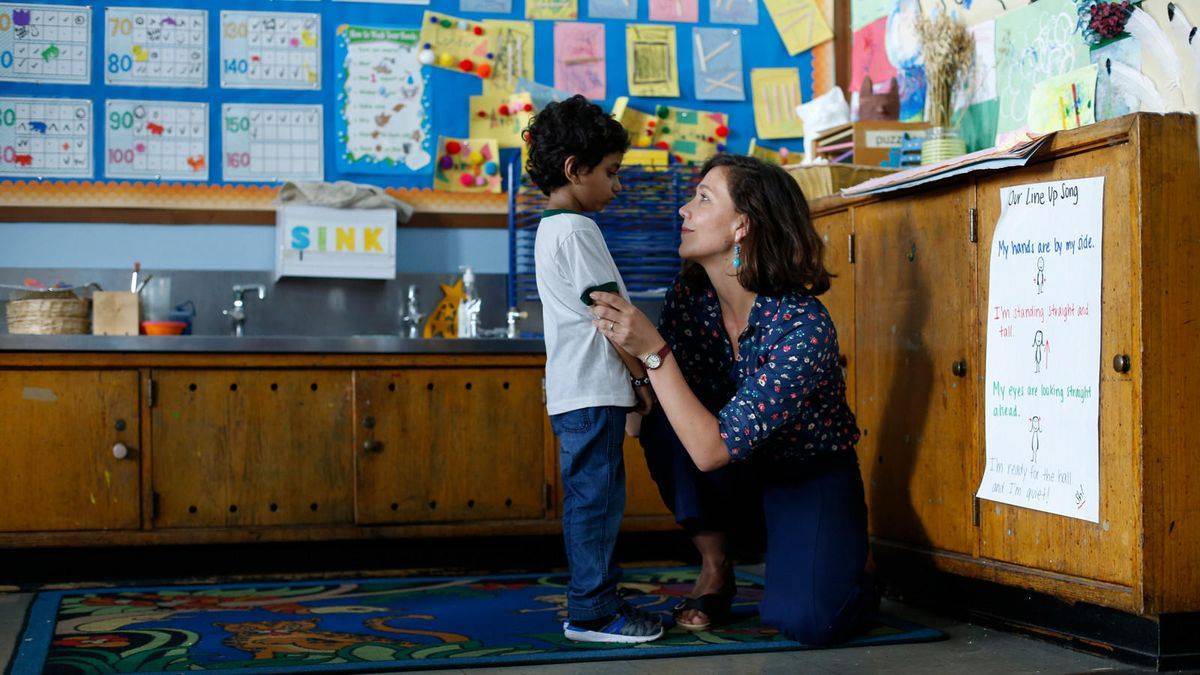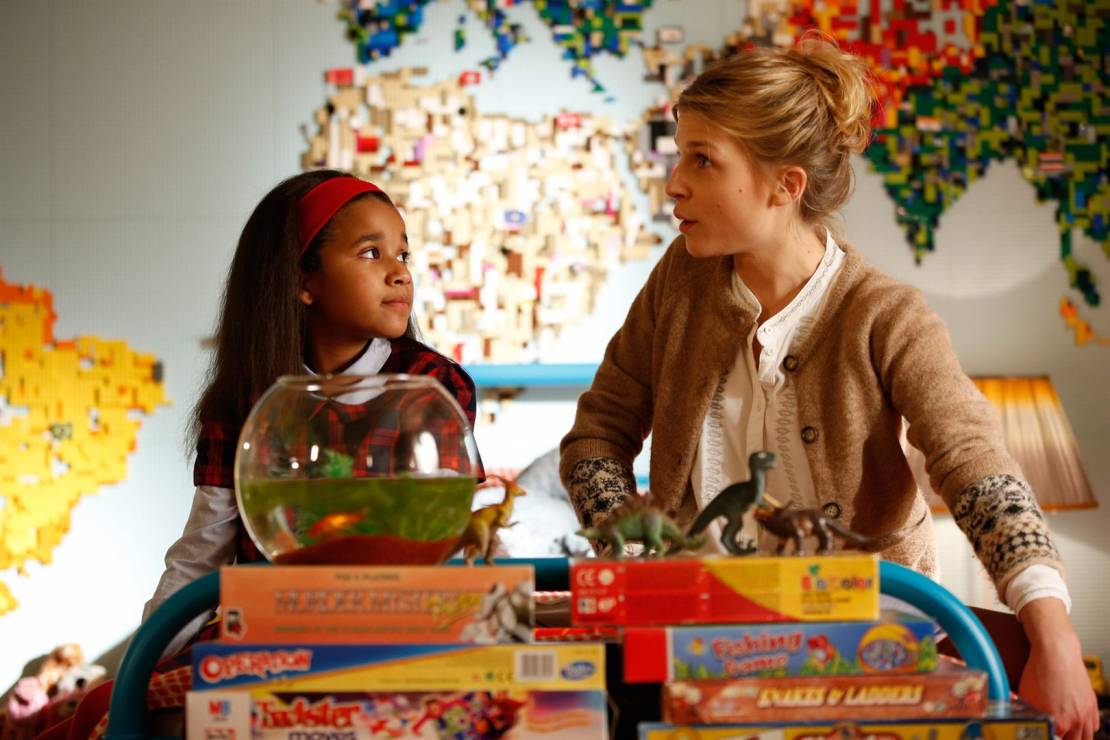Nobody said that raising a child is easy. However, knowing some rules that are worth keeping, education can be easier. Our expert suggests the “10-minute rule”, thanks to which you will establish a better relationship with your child.
How to strengthen the bond with the child?
You teach your child that when they are experiencing difficulties or are full of emotions, they can always count on your attention and acceptance. Discussing with your child what you are currently experiencing in your life, you give him information that it is important to you.
Once you know that it is worth being interested in the child’s affairs, what he says, what he is thinking about and what emotions are around him, you start to look for him. The role of the conscious parent is to “be” with the child every day. It is important for you and your child that the contractual 10 minutes a day is focused solely on the toddler.
The 10-minute rule – what is it about?
1/4. Look to the child’s eyes

The main rule when talking to a child is to look him in the eye. You create intimate contact based on a sense of security. In his eyes, you recognize emotions, needs, dreams. Eye contact is an expression of respect, equality and gives the child a sense of closeness in relation to you.
2/4. Hug

By hugging the child in your arms, you give him the most precious gift. You show the same child that you love him. Through touch, you regulate his emotions, like anger, sadness, fear. Hugging is an act of parental love, you give him information that is important, valuable and unique to you. Since his needs and emotions are accepted by the most important person, then he or she begins to be valuable for himself.
3/4. Show respect to the child

Talking to your child should be based on the respect of you and its borders. In the beginning, try to find something for which you could praise your child, for example, that he expressed his own opinion on a topic. Then show him that his feelings are valuable and can show them in safe conditions.
4/4. Set boundaries

When you want a child to set limits, you can do it in the next step of your conversation, by teaching him empathy for another human being. It is easier for the child to accept his own anger when he understands the other person’s point of view.
